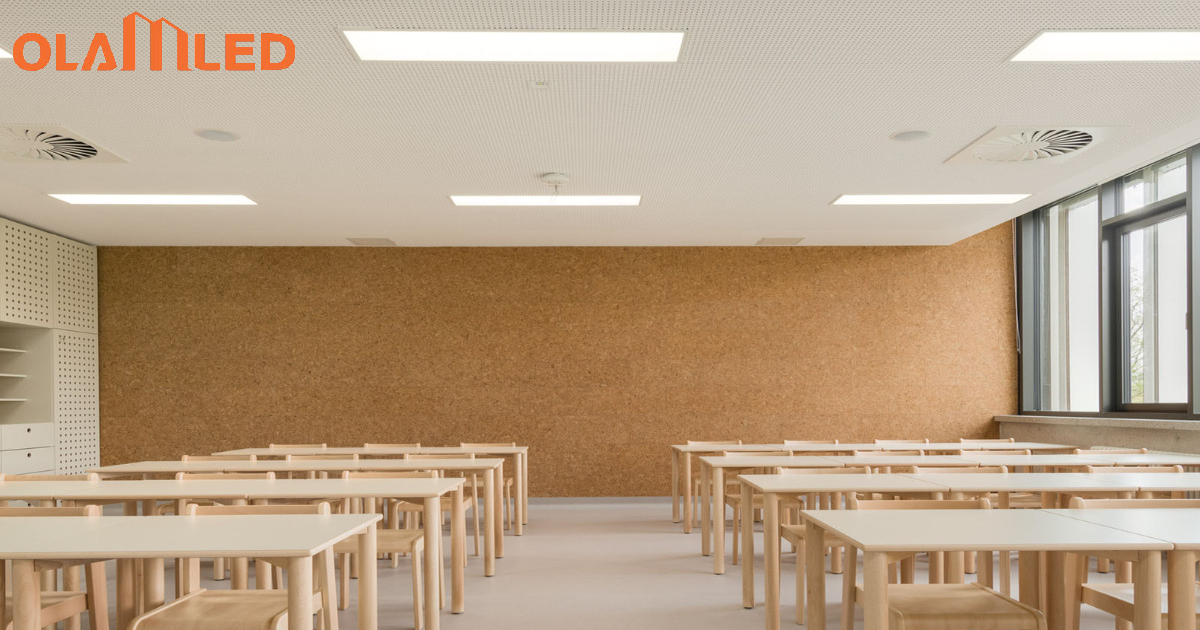The unit of luminous flux. A point light source with a luminous intensity of 1 candela (cd) emits a luminous flux of “1 lumen” per unit solid angle (1 steradian). English abbreviation (lm).
The so-called lumens simply refers to the brightness of a candle at a distance of one meter. An ordinary 40-watt incandescent light bulb has a luminous efficiency of about 10 lumens per watt, so it can emit 400 lumens of light. 40 At 220 volts, a watt incandescent lamp has a luminous flux of 340 lumens. Luminous flux is the ability to describe the visual response strength of light source radiation in unit time, the unit is lumens, also called brightness.

The unit of projector’s luminous flux is ANSI lumens. Ansi lumens is a standard for measuring the luminous flux of projectors formulated by the American National Standards Institute. It measures the illuminance of each point on the nine intersections of the “field” shape of the screen, multiplied by the area, and then finds nine The average value of the points is the ANSI lumens of the projector. The higher the lumen value, the brighter it is, and the higher the brightness, the need to turn off the light when projecting.
Ansi is the abbreviation of American National Standards Institute (American National Standards Institute).
Similarly, this quantity is for the light source, which describes the total amount of light emitted by the light source, which is equivalent to the optical power. The greater the luminous flux of the light source, the more light is emitted.
For isotropic light (i.e. the light from the light source is emitted with the same density in all directions), then f-4πi. That is to say, if the i of the light source is lcd, the total luminous flux is 4π=12.56lm. Compared with mechanical units, luminous flux is equivalent to pressure, and luminous intensity is equivalent to pressure. To make the irradiated point look brighter, we must not only increase the luminous flux, but also increase the means of convergence, which is actually to reduce the area, so that greater intensity can be obtained.

You must know that the luminous flux is also an artificial quantity, which may be different for other animals, and it is not a completely natural thing, because this definition is completely based on the response of the human eye to light.
The human eye perceives light of different colors differently, and this perception determines the conversion relationship between luminous flux and optical power.
For the most sensitive yellow-green light of 555nm, 1W=683lm, that is to say, the power of 1W is all converted into light with a wavelength of 555nm, which is 683 lumens. This is the maximum light conversion efficiency and is also the calibration value, because the human eye is most sensitive to 555nm light. For other colors of light, such as red at 650nm,
The light of 1w is only equivalent to 73 lumens, which is because the human eye is not sensitive to red light. For white light, it depends, because many different spectral structures are white. For example, the white light of LEDs, the white light of TVs, and sunlight are very different and have different spectra.
As for the luminous efficiency of the electric light source, it is another related topic, which is to say how much luminous flux can be converted into 1W electric power. If all converted to 555nm light, that’s 683 lumens per watt. But if half is converted into 555nm light and the other half is lost as heat, the efficiency is 341.5 lumens per watt. Incandescent lamps can reach 1w=20lm is very good, the rest are heat or infrared. Measuring the luminous flux of an irregular luminous body requires an integrating sphere, which is more professional and complicated.



